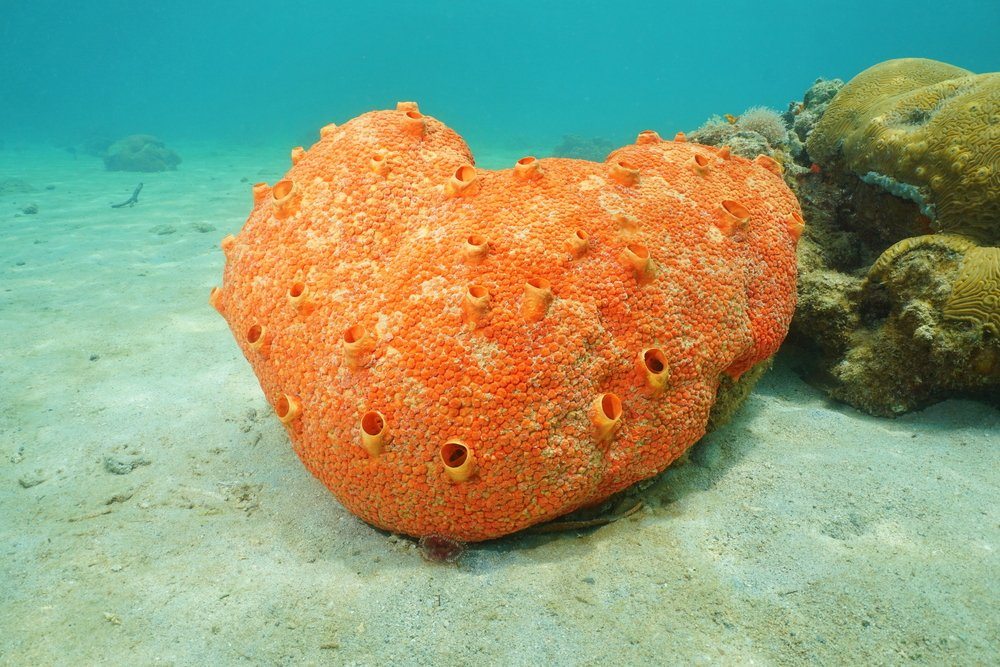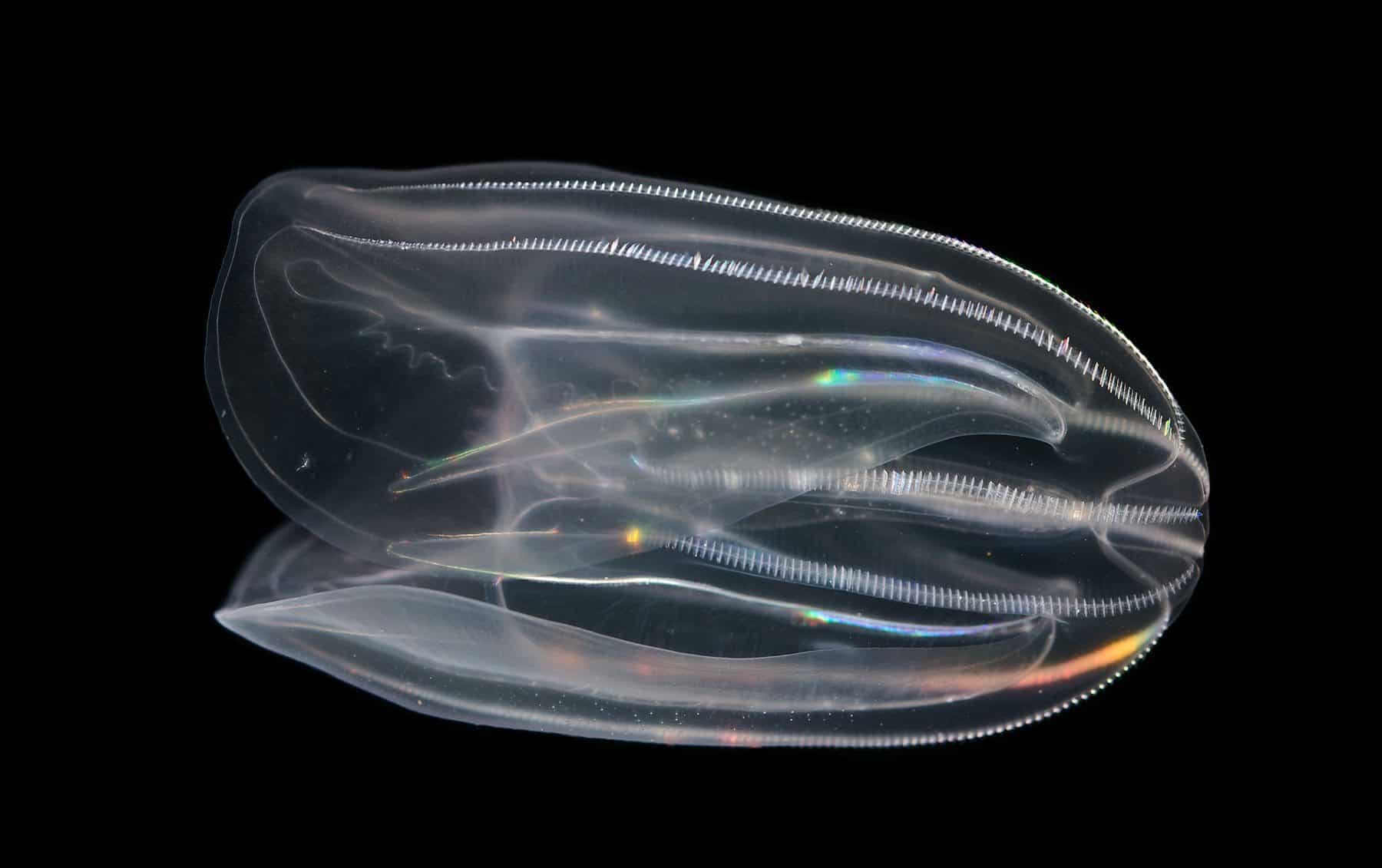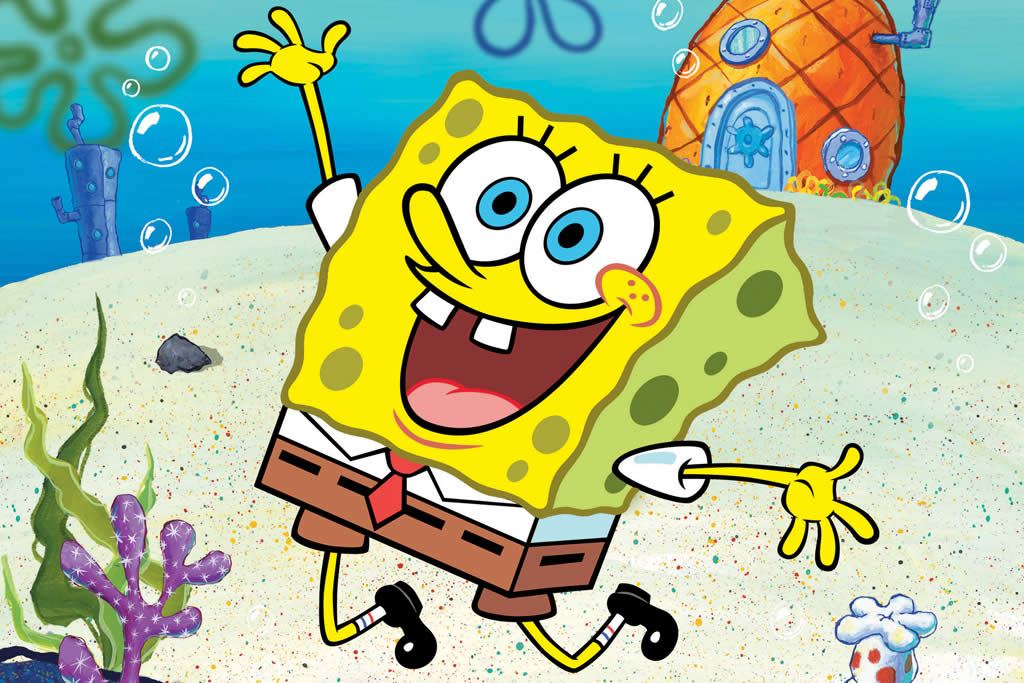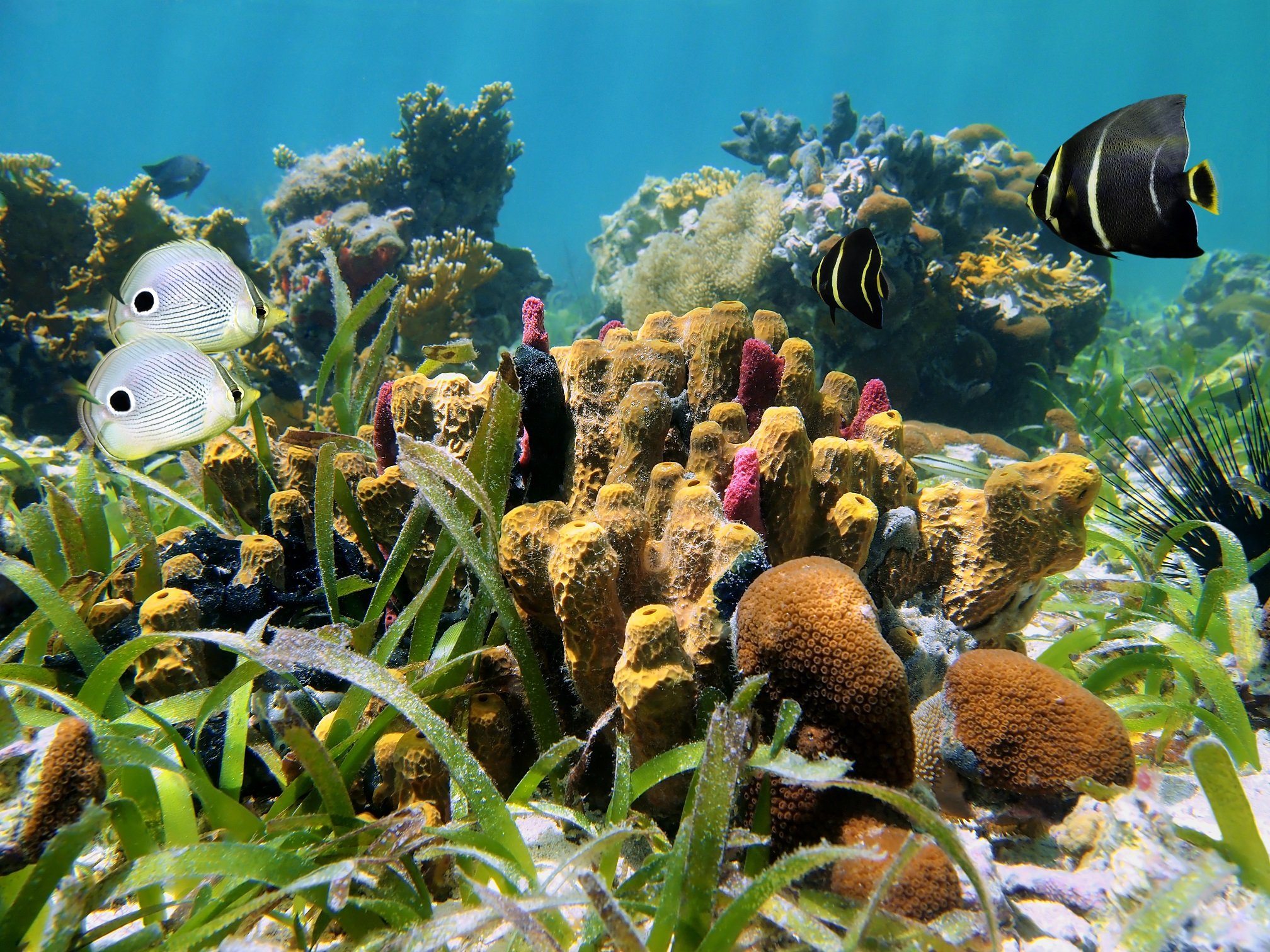The Humble Sponge May be our Earliest Ancestor: Study
Imagine Spongebob Squarep… wait, sorry, sea sponges being the common ancestor whose descendants all animals are. Turns out, it indeed is true- settling biology’s most-heated debates – what are the origins of animals?
Sea sponges may not look like much, but if seniority on our planet means anything, they deserve your unwavering respect. According to a team of researchers at the University of Bristol, we all descend from sponge-like creatures, yes you read that right- not comb jellies, but sponges that lived 750 million years ago.

“We need to try to understand the sponges much better if we want to understand the nature of animals’ – and our own – deepest ancestry,” said Davide Pisani, co-author of the research and professor of phylogenomics at the University of Bristol.
“Hypotheses about whether sponges or comb jellies came first suggest entirely different evolutionary histories for key animal organ systems like the nervous and the digestive systems,” said Professor Davide Pisani.
“Therefore, knowing the correct branching order at the root of the animal tree is fundamental to understanding our own evolution.”
The finding, say experts, is no trivial matter, as it could have drastic implications for what the last common ancestor of all animals looked like.
“Sponges are simple – humble, in a sense – creatures that live at the bottom of the sea; they are filter-feeders, they don’t do much,” said Pisani. “The comb jelly is a very different creature. They are extremely pretty and rather complicated,” he added, pointing out that comb jellies look a bit like jellyfish and can propel themselves through water, create patterns of light and have both a simple nervous system and a gut – including a mouth and anus.
Pisani and his team used data modeling to determine whether sponges or comb jellies were more likely to have been our ancestors. He explained that by comparing artificial models of sponges and artificial models of comb jellies, he was able to determine which models created data that is most similar to the data that we have today. However, these models aren’t perfect. “All models are wrong, but some models are useful,” he noted.

All biologists accept that sponges and comb jellies are very ancient groups, which emerged more than 600 million years ago. Sponges are comparatively simple multicellular organisms, which lack clearly defined tissues, such as muscles, and organs like the brain.
Therefore, in order to elucidate the genetic relationships between animal phyla, the biologists compared the amino acid sequences of modern species with one another and constructed respective family trees based on the degree of difference between them. The most likely phylogenomic tree should then faithfully reflect the order in which the different phyla diverged from their common ancestor and from each other.
“Two of the important datasets used in the modelling studies which identified the comb jellies as the oldest extant animal group were made up of very heterogeneous data. We have now shown that none of the conventionally used statistical methods is capable of adequately analyzing such datasets,” Professor Gert Wörheide, Chair of Palaeontology and Geobiology, LMU, and co-author of the research paper in discussion explains.
To minimize the compositional heterogeneity of the data, the authors employed a procedure in which the amino acid sequence data were first divided into groups based on the biochemical functions of the proteins they form and then subjected to the modeling process.
The analysis of these datasets – including those derived from the data that had previously ranked the comb jellies as the older phylum – demonstrated with high statistical confidence that the sponges are in fact the oldest of the animal groups.
“Indeed, a flip-flopping dataset is a dataset that supports different evolutionary histories or phylogenetic trees, when analysed using different evolutionary models. Discriminating between alternative hypotheses in the face of a flip-flopping dataset requires clarifying how good the models are that support alternative phylogenetic trees. Posterior Predictive Analyses allow us to do exactly that. We found that models which describe the data poorly invariably identify the comb jellies at the root of the tree. Models that better describe the data invariably find the sponges in that position,” said Professor Gert Wörheide.
“Phylogenomics, the use of genomic data in phylogenetics, is a relatively new science. Evidence for comb jellies as the earliest branching animal lineage first emerged in 2008, a decade ago, in the first, large-scale, phylogenomic analysis of the animal phyla. We have now better analytical tools and data and this study seriously challenges the accepted status quo.” Professor Pisani concluded.

This helps to answer some philosophical questions about the origins of animal life and the kinship we share with other animals. It also helps us understand how early ecosystems may have evolved, with sponges and other filter-feeders oxygenating early oceans.























